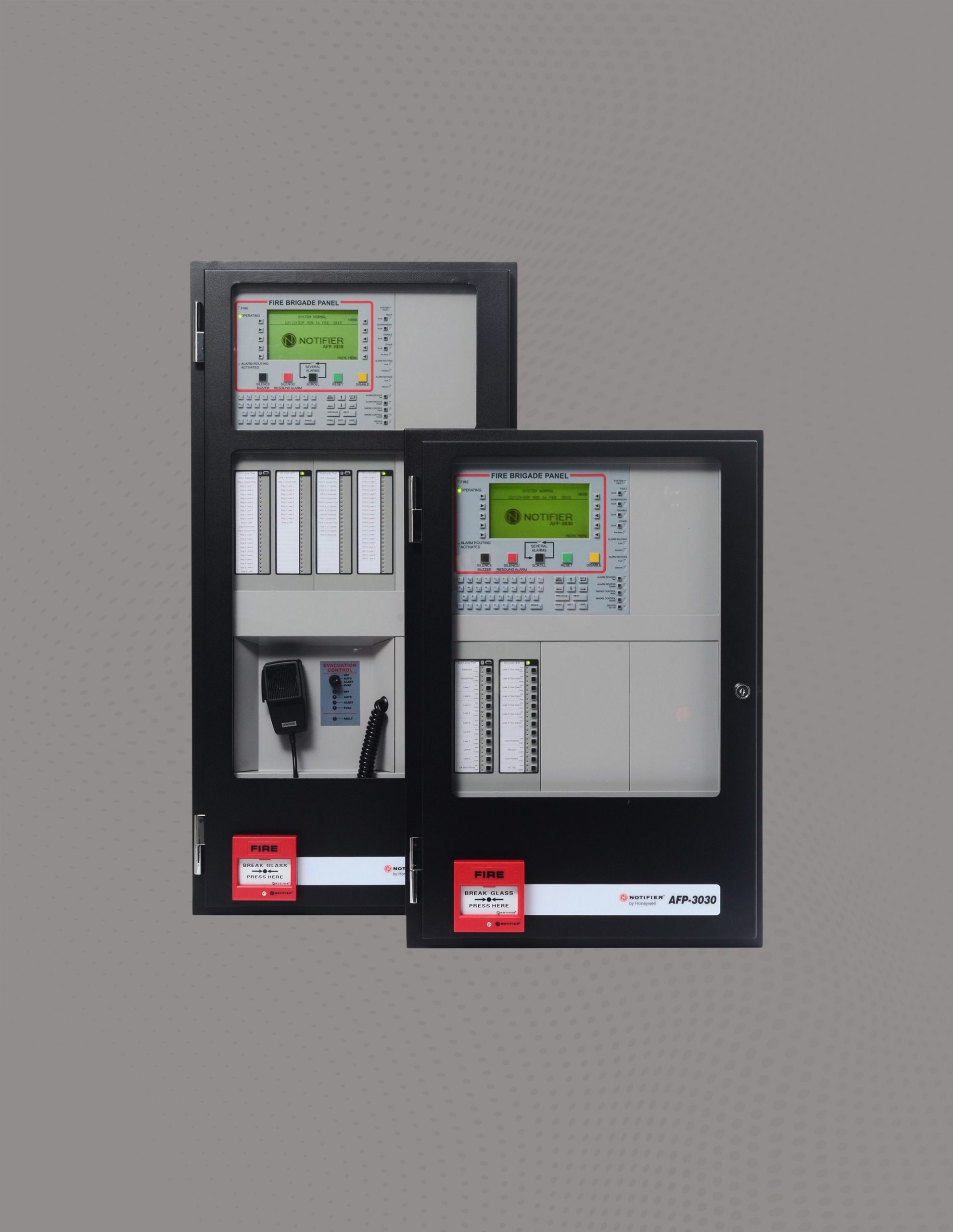
Designing an AV System for Your Business: What to Consider
Pavion specializes in providing professional AV solutions for businesses of all sizes. When it comes to designing an AV system for your business, there are several important factors to consider. Taking the time to plan and evaluate your needs will ensure that you choose the right equipment and achieve optimal performance. In this article, we will explore the key components of an AV system, discuss how it can benefit your business, and offer tips on selecting the right equipment and maintaining your system for long-term success.
Understanding the Basics of an AV System
Before delving into the specifics, it is essential to have a clear understanding of what an AV system entails. An AV system, short for Audio-Visual system, combines audio and visual technologies to offer a comprehensive solution for communication, collaboration, and entertainment purposes. It typically includes audio equipment such as microphones, speakers, and mixers, as well as video equipment like projectors, displays, and cameras.
When it comes to AV systems, there are various types and configurations available, each tailored to meet specific needs. Whether you’re setting up a conference room, a classroom, a concert hall, or a home theater, understanding the basics of an AV system is crucial to ensure optimal performance and functionality.
Key Components of an AV System
The key components of an AV system can vary depending on your specific business needs. However, some common elements to consider are:
- Audio sources and devices: These include microphones, audio inputs, amplifiers, and speakers. A well-designed AV system takes into account the acoustics of the space and ensures that audio is clear, balanced, and immersive.
- Video sources and devices: These encompass cameras, video inputs, displays, projectors, and video conferencing systems. High-resolution displays and projectors are used to showcase visual content, while cameras capture and transmit live video feeds for remote participants.
- Control systems: These allow you to manage and operate the AV system effectively, including switches, touch panels, and control software. With intuitive user interfaces, control systems simplify the operation of complex AV setups, making it easy for anyone to use.
- Networking and connectivity: This involves the infrastructure and protocols required for seamless integration and communication between AV devices. From wired connections to wireless technologies, networking plays a crucial role in ensuring that all components of the AV system work together harmoniously.
Each component of an AV system is carefully selected and integrated to create a cohesive and reliable audio-visual experience. From the quality of the audio reproduction to the clarity of the video display, every detail matters in delivering an immersive and engaging experience for users.
The Role of an AV System in Business
An AV system plays a crucial role in enhancing communication, productivity, and overall user experience in a business environment. It enables effective presentations, meetings, training sessions, and collaborations, improving engagement and comprehension among participants. With advanced audio and video technologies, an AV system ensures that every word is heard and every visual element is seen with utmost clarity.
Furthermore, an AV system can be used for digital signage, creating dynamic displays that grab attention and convey information effectively. Whether it’s displaying important announcements, advertising products and services, or providing wayfinding information, digital signage powered by an AV system offers a versatile and impactful communication tool.
Moreover, in the entertainment industry, AV systems are essential for delivering immersive experiences to audiences. From concert venues to theaters, AV systems create a captivating atmosphere by combining stunning visuals with high-quality audio. Whether it’s a live performance or a movie screening, an AV system elevates the overall entertainment experience, leaving a lasting impression on the audience.
Overall, an AV system not only enhances communication and productivity in a business setting but also offers endless possibilities for creativity, entertainment, and engagement. By investing in a well-designed AV system, businesses can stay ahead of the competition and deliver exceptional experiences to their clients, customers, and employees.
Identifying Your Business Needs
Before making any decisions regarding your AV system, it is essential to assess your business needs and goals. This evaluation process involves two critical steps: evaluating your current AV setup and defining your AV goals.
Evaluating Your Current AV Setup
Take the time to review your current AV setup, if any, and identify its strengths and weaknesses. Consider factors such as audio and video quality, ease of use, reliability, and compatibility with other technologies. Are you satisfied with the audio quality of your current setup? Are there any issues with video resolution or clarity? How easy is it for your team to operate the AV system? These are important questions to consider.
Additionally, think about the reliability of your current AV setup. Have you experienced any technical glitches or malfunctions during important presentations or meetings? Assessing the reliability of your current system will help you determine if an upgrade is necessary.
Compatibility with other technologies is another crucial aspect to evaluate. Consider the devices and software that your team uses on a daily basis. Are they compatible with your current AV setup? If not, it may be time to consider a system that integrates seamlessly with your existing technology infrastructure.
Defining Your AV Goals
Next, define your AV goals based on your business objectives and specific requirements. Consider factors such as the size and layout of your space, the type of content you will be presenting, the number of users, and the level of interactivity required.
When assessing the size and layout of your space, think about the acoustics and visual requirements. Will you be presenting in a small conference room or a large auditorium? The size of your space will impact the audio and video equipment needed to ensure optimal sound and visual quality.
The type of content you will be presenting is another important consideration. Will you primarily be showing slideshows and presentations, or will you also be streaming videos or hosting video conferences? Understanding your content requirements will help you select the appropriate AV equipment.
Consider the number of users who will be utilizing the AV system. Will it be primarily used by a small team or a large group of employees? This will determine the scalability and user-friendliness of the system.
Lastly, think about the level of interactivity required for your AV system. Will you need touch-screen capabilities or interactive whiteboards? Understanding your interactivity needs will help you choose the right equipment that facilitates collaboration and engagement.
This clarity in evaluating your current AV setup and defining your AV goals will guide the equipment selection process and ensure that your AV system aligns with your business goals. Taking the time to thoroughly assess your needs will result in a more effective and efficient AV system for your organization.
Choosing the Right AV Equipment
Once you have a clear understanding of your business needs and goals, it is time to choose the right AV equipment. This process involves careful consideration of both audio and video devices.
Audio Equipment Selection
When selecting audio equipment, focus on factors such as microphone quality, speaker coverage, and sound reinforcement capabilities. Consider the size and acoustics of your space to determine the appropriate audio setup. Whether you need a wireless microphone system for presentations or a distributed speaker system for larger areas, choose reliable and high-quality equipment that meets your specific requirements.
Video Equipment Selection
For video equipment, assess the type and quality of visual content you will be working with. Determine whether you need displays, projectors, or video walls to cater to your presentation needs. Additionally, consider factors such as resolution, connectivity options, and control interfaces. Invest in equipment that offers flexibility, scalability, and compatibility with various video sources to future-proof your AV system.
Planning for AV System Installation
Once you have selected the appropriate AV equipment, the next step is planning for the installation process. Proper planning ensures smooth implementation and minimizes disruptions in your business operations.
Preparing Your Space for AV System
Begin by assessing your space and determining the optimal placement of audio and video devices. Consider factors such as room acoustics, speaker positioning, cable management, and power requirements. Ensure that your space is adequately prepared before the installation team arrives to save time and avoid potential installation challenges.
Installation Process Overview
The installation process typically involves assembling and connecting the AV equipment, configuring software and control systems, and conducting thorough testing and calibration. Certified professionals should handle the installation to ensure proper integration and optimal performance. Adequate training and user-friendly interfaces should also be provided to ensure easy operation and accessibility to all users.
Maintaining Your AV System
Regular maintenance is essential to keep your AV system functioning at its best and extend its lifespan. By implementing simple upkeep practices, you can prevent potential issues and optimize your system’s performance.
Regular Maintenance Tips
Regularly inspect and clean your equipment to remove dust and debris that can affect performance. Schedule routine checks for software updates and firmware upgrades to ensure compatibility and security. Additionally, monitor cable connections, conduct audio and video quality tests, and address any issues promptly to prevent downtime.
Troubleshooting Common AV Issues
Despite proper maintenance, occasional issues may arise with your AV system. In such cases, having troubleshooting knowledge can help identify and resolve common problems efficiently. Familiarize yourself with potential audio and video signal issues, network connectivity problems, and software glitches. An understanding of troubleshooting techniques will enable you to minimize disruptions and quickly restore your AV system’s functionality.
In conclusion, designing an AV system for your business requires careful planning, evaluation, and selection of the right equipment. By understanding the basics of an AV system, identifying your business needs, choosing the appropriate equipment, and planning for installation and maintenance, you can create a reliable and effective AV system that enhances communication and productivity in your business. With Pavion’s expertise in AV solutions, you can trust that your business will have access to high-quality audio-visual technology designed to meet your specific requirements. Start today and set your business up for success with a well-designed AV system.
Ready to Elevate Your Business Communication?
At Pavion, we understand the importance of a seamless and efficient AV system for your business. Our commitment to technology innovation and radical service means we’re here to help you connect and protect through superior fire, security, and integration solutions. Whether you’re in enterprise, healthcare, education, government, data centers, or retail, let us bring clarity and transformation to your organization’s safety, security, and communication needs. Get a Free System Assessment today and take the first step towards a more connected and protected future with Pavion.


